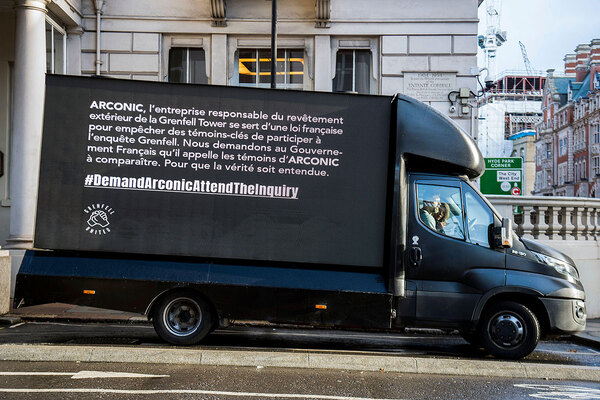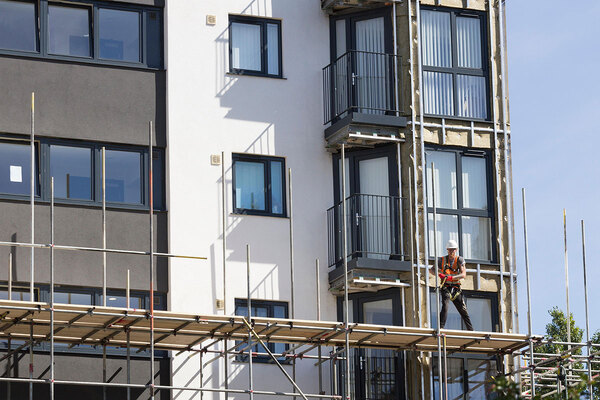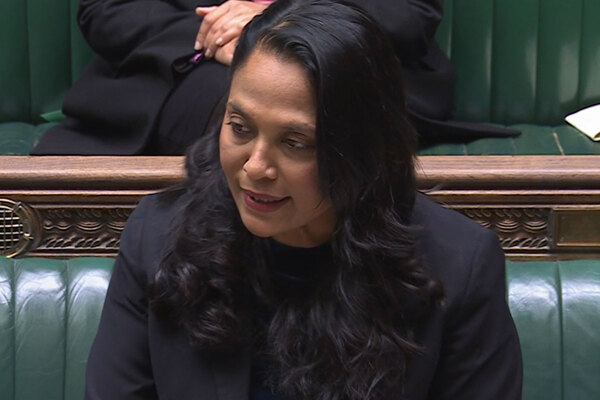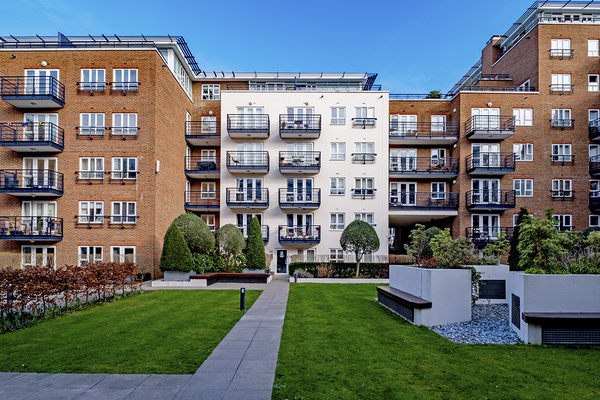You are viewing 1 of your 1 free articles
Latest RSH quarterly survey reveals small increase in number of buildings with life-critical fire safety defects
The Regulator of Social Housing (RSH) has reported a 0.5% rise in the number of 11-metre-plus buildings in the social housing sector that have life-critical fire safety (LCFS) defects.
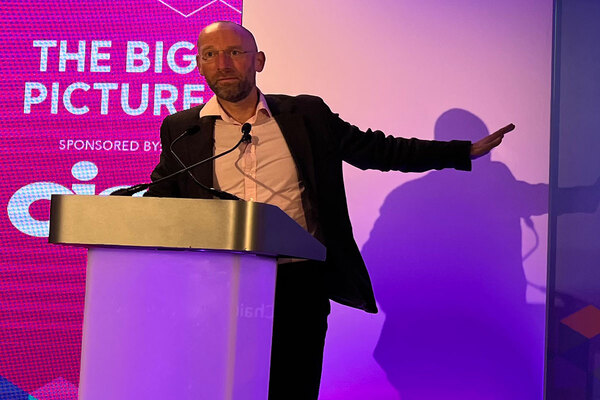
A total of 11.1% (1,932) of all relevant buildings were reported as being affected by LCFS defects, a change from 10.6% (1,820) in the previous quarter.
Of the 1,932 affected buildings, 11% are due to have remedial work completed within the next six months, and 84% are expected to complete in the next five years.
The RSH said in its report: “This increase may be, at least in part, due to the addition of newly reported buildings, as well as the increase in the number of assessments undertaken.
“One landlord has reported LCFS defects in a higher number of buildings than in previous periods as they await further risk assessments.”
Some landlords with multiple affected buildings have told the RSH that they are prioritising works on higher-risk buildings, which can be more complex and take longer to remediate.
As such, landlords have a duty to put interim measures in place to ensure the safety of tenants until works are fully completed.
It is the first quarterly update since building safety minister Rushanara Ali revealed that up to 7,000 buildings in need of remediation have not yet applied for the government’s cladding safety scheme.
All social landlords are required to submit quarterly data to the RSH and the Ministry of Housing, Communities and Local Government on the fire safety remediation of relevant buildings for which they are responsible.
Of the 17,457 relevant buildings reported, 99% had had fire risk assessments undertaken. The vast majority of relevant buildings (88%) had no LCFS defects.
The English regulator said it will continue to monitor the performance of landlords in remediating 11-metre plus buildings and the progress they are making against their plans.
Landlords must have robust systems and processes in place on fire safety and its management, underpinned by accurate and up-to-date data.
Will Perry, director of strategy at the RSH, said: “This quarterly survey is an important tool in helping us monitor the progress being made by the sector on remediating fire safety defects. Fire safety is a fundamental responsibility and we expect all landlords to take prompt and effective action so that tenants can feel safe in their homes.
“This includes putting mitigating measures in place to protect tenants from any risks in the interim period before works are complete. Boards and councillors have a duty to ensure these plans are delivered.
“Meanwhile, our ongoing regulation, including our programme of inspections and responsive engagement, helps us check that landlords are meeting the outcomes of our standards, including those relating to fire safety.”
Findings from the wider report showed that 29% (431) of landlords are responsible for at least one relevant building in this quarter. The majority of these were large landlords (those with 1,000 or more units).
Work has been completed and signed off by building control on 51 (2.6%) of buildings in the last quarter, which are waiting for a follow up fire assessment.
At the same time, work has already started or is complete on more than a third of affected buildings however plans were missing or unclear for 535 buildings, equivalent to over a quarter.
Landlords have said previously that this is due to a range of factors including navigating complex legal arrangements with freeholders and leaseholders, difficulties sourcing contractors and supply chain delays.
The small increase in buildings found to have defects comes as the Grenfell Tower Inquiry published its final report earlier this month.
It concluded that “systematic dishonesty” by product manufacturers was a “very significant reason” why Grenfell Tower was clad in such dangerous materials.
Sign up for our fire safety newsletter
Already have an account? Click here to manage your newsletters
